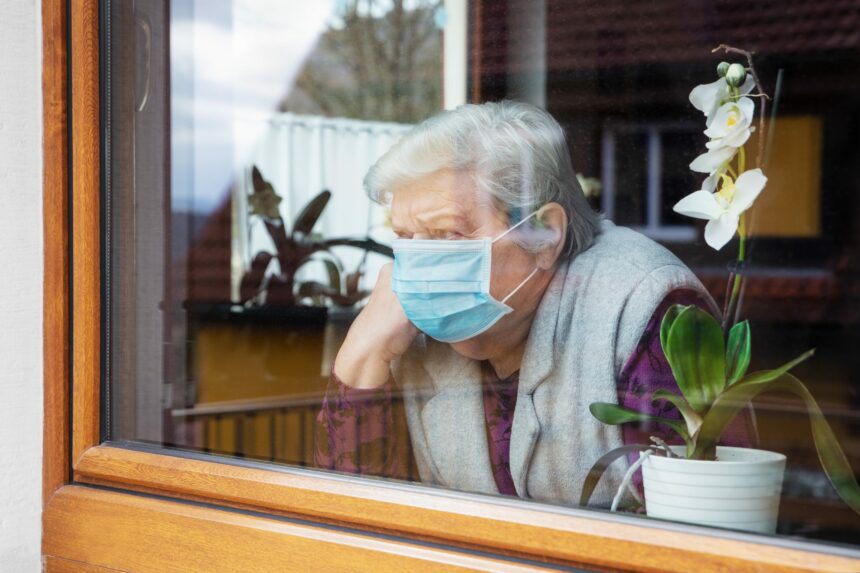I recently authored an article for HITConsultant.net about the challenges facing our nation’s seniors during COVID-19. Senior isolation is a health risk affecting at least one quarter of seniors over 65. Social isolation is a risk factor for poor aging outcomes, including cognitive decline, depression, anxiety, Alzheimer’s disease, obesity, hypertension, heart disease, impaired immune function, and even death. Add COVID-19 to the mix and it is easy to see how seniors have become healthcare’s most important at-risk population.
Care management and care coordination programs have been demonstrated to mitigate medical risk for seniors. These programs use both qualitative information from providers and quantitative claims data to identify high-need, high-cost senior patients. The most effective programs take a holistic, person-focused approach including behavioral health and other SDOH issues.
However, for care management and care coordination programs to be effective during COVID-19, they must also address new senior isolation concerns such as:
- Negative impacts of social distancing, quarantines and family separation
- Reduced use of the healthcare system to avoid exposure risk, even when illness or injury may warrant a doctor, clinic, emergency or hospital visit
- Limited human interaction due to fewer trips to the grocery store, pharmacy and other community locations
- Unrecognized worsening chronic conditions that can quickly deteriorate into a life-threatening situation
All these concerns are real and increasingly prevalent within our senior communities.
What can be done?
Four Steps to Prevent and Address Social Isolation
In the article, I describe four specific steps healthcare organizations can take during this time to protect their at-risk senior populations.
- Continue prevention and follow-up interventions through care management activities and telehealth to identify urgent or worsening medical and mental health issues
- Provide social support and outreach through technology integrating community-based organizations
- Provide seniors easy access to health education and basic IT training
- Optimize the use of care coordination tools
Preventive outreach for older adults begins by focusing on health disparities and targeting patients at highest risk. Attention must shift to care quality, utilization and health outcomes through better care coordination and stronger data analytics. In collaboration with other community stakeholders, population health management technology is the vehicle to drive this change.
Read the full article here: https://hitconsultant.net/2020/11/24/care-coordination-social-isoloation-seniors/


